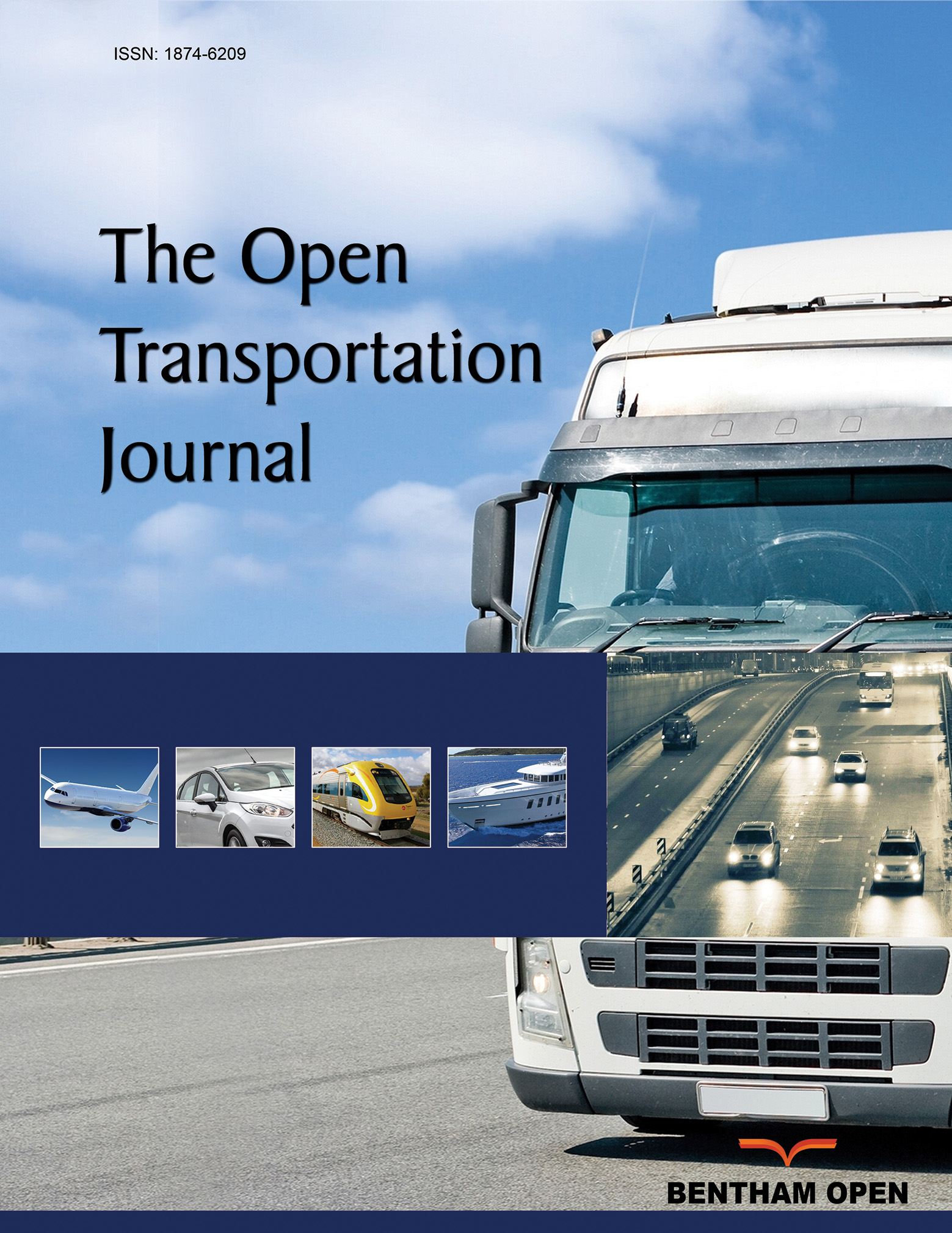All published articles of this journal are available on ScienceDirect.
Prediction and Display of Delay at Road Border Crossings
Abstract
Land border crossings in North America that serve high volumes of automobile and truck traffic experience congestion and delay, resulting in adverse effects on level of service, transportation costs, commerce, tourism, and the environment. Although efforts have been underway to expedite the customs inspection process (without compromising security), improving the reliability of delay estimates and real time dissemination of information remains a challenge. This paper reports research on intelligent technologies and methodological advances that can be used to automatically predict private and commercial vehicle queues and delays and display information to motorists, border crossing authorities, and other decision makers on a real time basis. The availability of such traveler information can be useful for making pre-trip and enroute travel decisions by private motorists as well as commercial vehicle operators regarding departure time and choice of border crossing location (if applicable). Such a system would enable motorists and carriers to avoid severe delays and commercial vehicle fleet efficiency gains can be achieved. Border crossing authorities can use the results to better match the processing capacity with demand for service. Research steps include the use of a calibrated microsimulation model of the Windsor-Detroit Ambassador Bridge crossing, development of artificial neural network (ANN) models for predicting queues and delay, imbedding these models in a traveler information system that uses sensor data as input and produces delay predictions for dissemination on dynamic message signs and other media on a real time basis. This system is tailored for border crossings with high volumes of private and commercial vehicle traffic.


